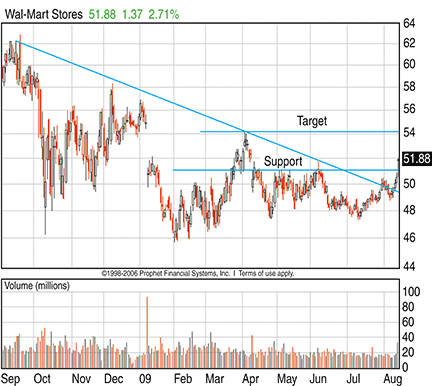TRADING TECHNIQUES
More Profitable Than You May Think
Spread Trading To Reduce Risk
What are spread trades, how do they work, and how can we use them?
The spread trading strategy receives too little attention even though a well-designed spread can offer excellent profit potential while decreasing risk. Spread trading isn’t viewed to be as glamorous as directional trades, so at the risk of turning you off I am going to turn your attention to what spread trades are and how they work; when they make sense; and how to implement them. Finally, I will show you a concrete example of how spread trades work in an actual trade.
What are spread trades?
A spread trade essentially involves at least two trades. One side of the trade is a short trade, while the other side of the trade is a long one — hence the term spread. A pure spread trade usually has both the long and short sides roughly equivalent in terms of size (total dollar exposure). In a market that carries elevated risk for each trade made (the volatility is higher than normal) and suffers from larger-than-normal price dislocations, spread trading provides an excellent opportunity to capture the volatility while reducing risk. Typically, in such an environment, the market participants are necessarily holding higher levels of cash as a result of the volatility. Rather than have that cash just lying around, involving it in a hedge trade offers a viable alternative.
Although there are many paired trades (spreads) that can be made (in a higher-risk market environment), an excellent way to spread trade is to go either long or short a particular equity while simultaneously trading the sector in the opposite direction. In a higher-volatility market, price disruptions are more common and usually results in greater-than-normal spreads.
Since almost any sector can be traded via an exchange traded fund (Etf) product, this strategy is easily implemented. A sector is, by definition, a group of related equities that have commonality in that the products or services they sell are either the same or similar. For example, the semiconductor sector consists of companies that either manufacture semiconductor chips or sell equipment to other companies that manufacture semiconductor chips. In the semiconductor sector Etf (Smh), there is currently a list of 18 companies that are part of that sector.

FIGURE 1: WAL-MART (WMT). On August 13, 2009, the company’s earnings surprised the market, which resulted in prices rising almost 3% higher on that day.